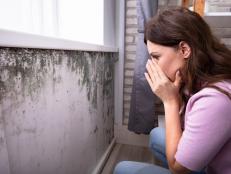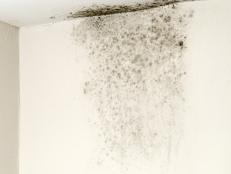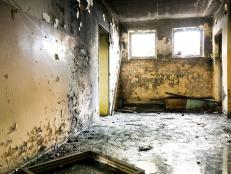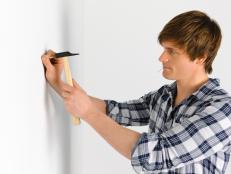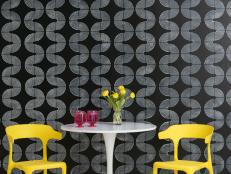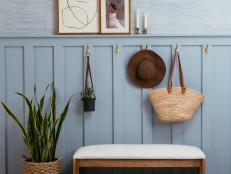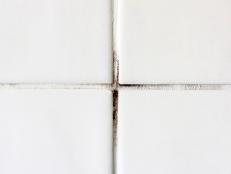Mold on Walls
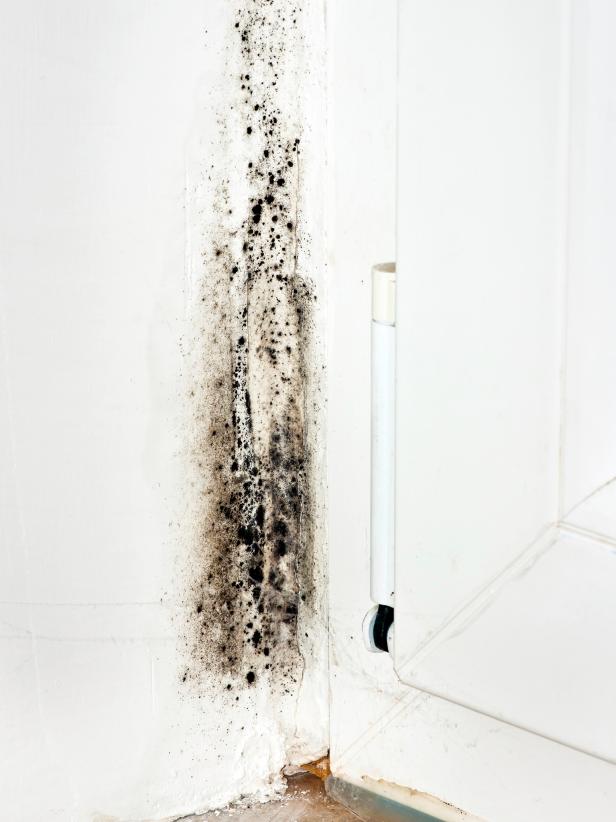
beti gorse
Mold on walls is a common problem for homeowners, particularly in damp, humid areas like basements, crawlspaces and bathrooms. You can take steps to identify problem areas and prevent mold on walls and mold in walls — and if your home is already affected by mold growth, you can address the problem with various mold removal products.
Hallmarks of a Healthy Home
See All PhotosOne of the most likely places for mold on walls in the home is in the basement. Because basements often retain moisture and humidity and can be susceptible to foundation leaks, they're prime areas for mold, which needs only oxygen, moisture and organic material to survive and thrive.
In particular, basements with old or exposed drywall can be at risk for mold on walls. Paper-coated drywall can be an optimal place for mold growth, as the organic material perfectly suits mold as a food source.
If you suspect that you have mold on walls or mold in walls in your home, there are several steps you can take to remedy the problem. First, remove all mold-covered debris, including drywall, insulation, sub-flooring and carpet. Next, you can use commercial products that contain ammonia or bleach on any hard surfaces affected by mold. Remember to wear a respirator or mask rated for mold spore exposure during any mold removal.
If you encounter mold on walls in bathrooms or showers, there's an easier solution: vinegar. Regular applications of vinegar or a borax and water mixture should keep walls in your shower and bathroom mold free.
See also: How to Keep Your Home Healthy









